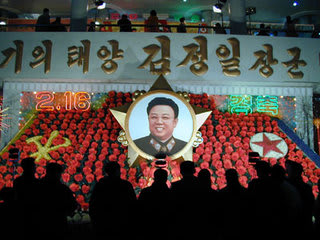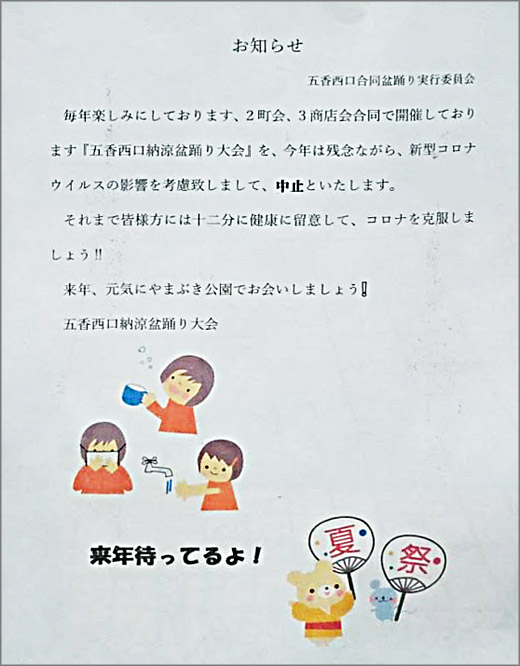Date/Time
Mar 29, 2018 (Thu), 16:00-17:30
Place
2F Seminar room, BioSystems Building
Speaker/Title/Abstract
Dr. Miria Ricchetti (Institut Pasteur, Paris, France)
Mitochondrial dysfunction in a progeroid disease
Cockayne syndrome (CS) is a rare disease characterized by dramatic precocious ageing and neurodegenration. CS is considered a DNA repair disease since the mutated proteins, CSA or CSB, are essentially known for their involvement in the repair of UV-induced DNA damage, and most CS patients indeed display UV hypersensitivity. However, recent findings point to other causes than the sole DNA repair defect, and CS has clinical features of mitochondrial diseases. We discovered that cells from these patients display affected mitochondrial function in turn due to overexpression of a serine protease. These defects can be rescued in patient cells by the scavenging of oxidative and nitrosative stress. We consider the possibility that mitochondrial and cellular defects observed in CS have also implications in regular ageing.
Speaker/Title/Abstract
Dr. Shahragim Tajbakhsh (Institut Pasteur, Paris, France)
Intrinsic and extrinsic regulation of the muscle stem cell niche
The microenvironment is critical for the maintenance of stem cell populations, and it can be of cellular and non-cellular nature, including secreted growth factors and extracellular matrix (ECM) as well as intrinsic regulators. Skeletal muscle satellite (stem) cells are quiescent during homeostasis and they are mobilised to restore tissue function after muscle injury. Although certain signalling pathways that regulate quiescence have been identified, the mechanisms by which niche molecules regulate stem cell properties remain largely unknown. We have identified Notch signalling as a major regulator of the muscle stem cell niche. Notably, we identified satellite cell-produced collagen V (COLV) as a Notch target and a critical component of the quiescent niche. Strikingly, COLV, but not collagen I and VI, specifically regulate quiescence through Calcitonin receptor mediated activity in a cell-autonomous manner. We speculate that this novel cascade that employs an ECM protein as a signalling molecule could be operating in other tissues.
Host
Sachiko Tsukita
http://www.fbs.osaka-u.ac.jp/jpn/seminar/seminar/docs/fbs-seminar-tsukita-20180329.pdf


















